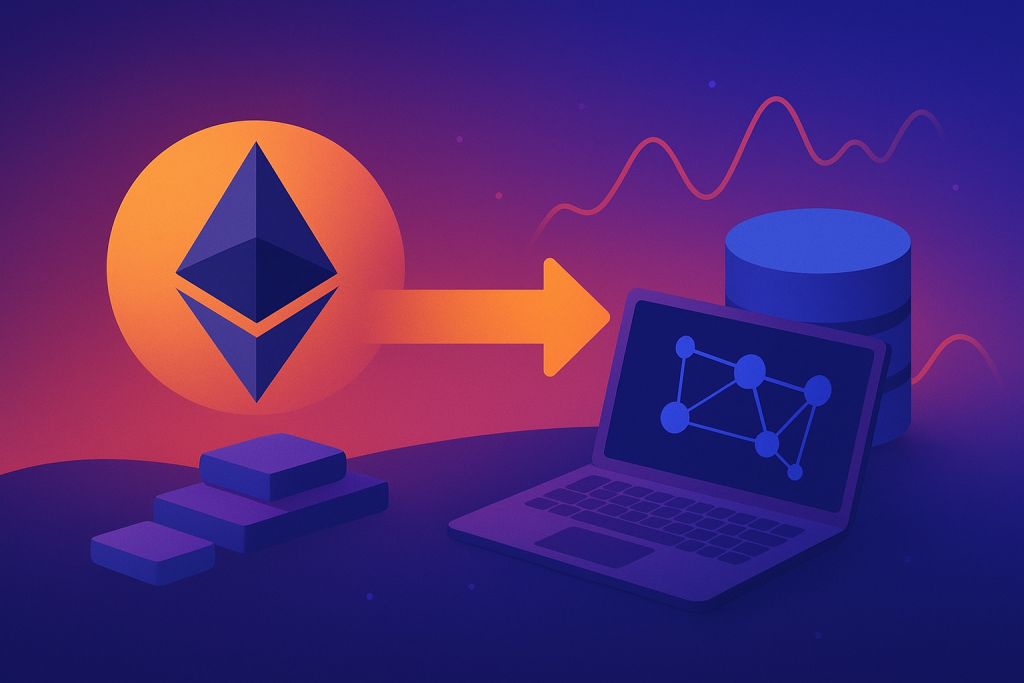Ethereum developers have successfully activated the Fusaka hard fork on the Hoodi testnet, marking the final stage of testing before the main network upgrade. The mainnet deployment is expected to take place in early December 2025, according to the Ethereum Foundation.
Hoodi is the third and final test network to receive the upgrade, following successful activations on Holesky and Sepolia. Developers confirmed that the mainnet rollout will occur no earlier than 30 days after Hoodi’s activation, aligning with the projected December 3 launch date.
The Fusaka update introduces several technical improvements aimed at boosting scalability, efficiency, and network security. Among the most significant changes are increased gas limits, expanded blob data capacity, and enhanced node protection mechanisms.
A key component of Fusaka is EIP-7594, which implements PeerDAS (Peer Data Availability Sampling) — a new system that allows validators to verify only parts of data instead of entire blob objects. This upgrade improves data availability for Layer-2 solutions and reduces overall network load, paving the way for smoother scaling.
To ensure a secure rollout, the Ethereum Foundation has launched a security audit and bug bounty program offering up to $2 million in rewards for researchers who identify vulnerabilities before the mainnet deployment.
Fusaka follows the Pectra hard fork, which went live six months ago. Developers have already begun outlining the next major upgrade, code-named Glamsterdam, expected to further optimize block processing times and enhance the Ethereum Virtual Machine (EVM).
Overall, Fusaka is seen as a crucial milestone in Ethereum’s ongoing evolution — strengthening the foundation for Layer-2 scalability and increasing the network’s resilience under heavy load.
